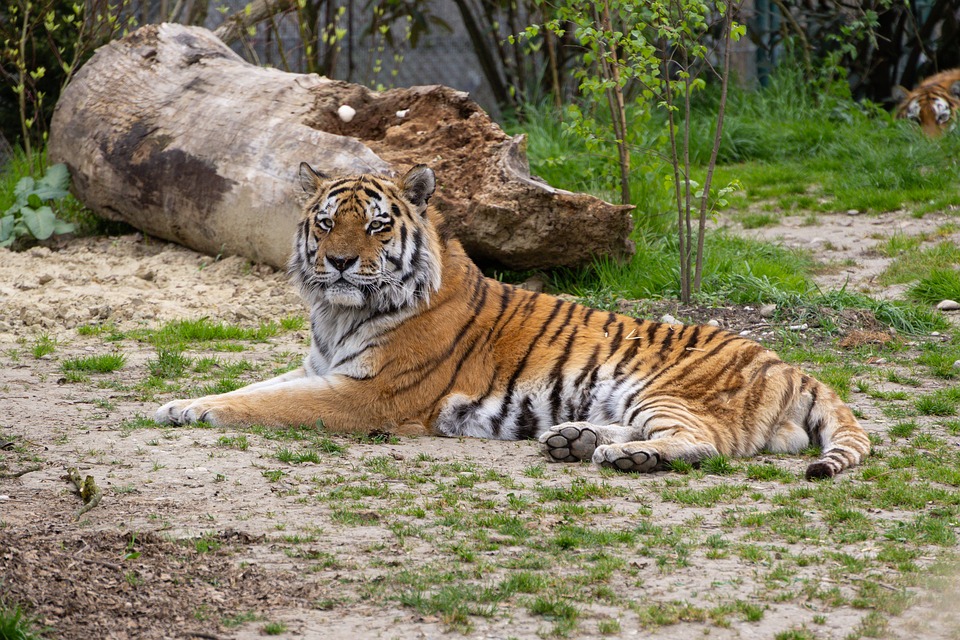**Top Eco-Friendly Plants for a Low-Maintenance Sustainable Garden**
Picture this: it’s a sunny afternoon, birds are chirping, and the garden is bursting with vibrant colors. I remember the first time I experimented with sustainable gardening. I was overwhelmed with the variety of plants to choose from, each promising a bounty of fruits, flowers, and greenery with little upkeep. After many trial and error moments, I discovered joy in low-maintenance, eco-friendly plants that not only brightened my space but also contributed to a sustainable lifestyle. Today, I want to share some of my favorite eco-friendly plants that make growing a sustainable garden a breeze.
### Why Choose Eco-Friendly Plants?
Embracing eco-friendly plants in your garden offers myriad benefits. They require fewer resources, bring habitats to beneficial insects, and enhance soil health. These plants often need less water and fertilizer, making your gardening experience simpler and more in sync with nature. By nurturing low-maintenance varieties, you can enjoy the aesthetic and ecological benefits without dedicating hours to weed pulling or pest control.
### Top Eco-Friendly Plants for Your Garden
#### 1. **Lavender (Lavandula)**
Lavender is a perennial favorite, known for its fragrant, purple blooms.
– **Benefits**: Not only is it beautiful, but it attracts pollinators like bees and butterflies. It can thrive in poor soil and needs minimal watering once established.
– **Maintenance**: Pruning is needed once a year to maintain shape and promote new growth.
#### 2. **Bee Balm (Monarda didyma)**
Bee balm is a showstopper with its vibrant red, pink, or purple flowers.
– **Benefits**: It attracts hummingbirds, bees, and butterflies, making it essential for biodiversity. Additionally, it is a natural pest repellent!
– **Maintenance**: This plant thrives in full sun to partial shade and tolerates a range of soil types.
#### 3. **Sedum (Sedum spp.)**
Sedum, or stonecrop, includes a variety of succulent plants that add stunning textures to your garden.
– **Benefits**: These drought-resistant plants require very little care, making them perfect for heat-stressed areas. They also help retain soil moisture.
– **Maintenance**: They need minimal watering and are resilient to pests.
#### 4. **Nasturtiums (Tropaeolum)**
Nasturtiums are vibrant, edible flowers that can be a delightful addition to salads.
– **Benefits**: They attract pollinators and serve as a natural pest deterrent for more vulnerable plants. Tissue cultures have shown they’re also beneficial in promoting soil health.
– **Maintenance**: Extremely low maintenance, these flowers thrive in poor soil and don’t require fertilization.
#### 5. **Rudbeckia (Black-Eyed Susan)**
Black-eyed Susans are classic garden staples with striking yellow petals and dark centers.
– **Benefits**: Their robust stems withstand strong winds, and they are drought-resistant once established. They also attract a range of beneficial insects.
– **Maintenance**: Requires deadheading to encourage more blooms but is otherwise low-key.
#### 6. **Marigolds (Tagetes)**
Marigolds are cheerful annuals that can easily brighten up any garden.
– **Benefits**: These colorful flowers act as natural pest repellents and attract beneficial predators.
– **Maintenance**: Marigolds can thrive in poor soil and will continue blooming throughout the growing season with proper watering.
#### 7. **Echinacea (Coneflower)**
Echinacea, or coneflower, is not only beautiful but also medicinal.
– **Benefits**: Attracts pollinators and beneficial insects while providing medicinal properties known to boost the immune system.
– **Maintenance**: Drought-resistant and thrives in various types of soil; occasional deadheading can promote new blooms.
#### 8. **Thyme (Thymus)**
Thyme is a culinary herb that serves a dual purpose in the garden.
– **Benefits**: This hardy herb can tolerate drought and poor soil, making it an excellent ground cover. It’s also a pollinator attractor.
– **Maintenance**: Trim back in early spring to encourage fresh growth.
### Creating a Low-Maintenance Paradise
While the plants you choose play a significant role in achieving a low-maintenance garden, other factors contribute to making your gardening experience easier and more sustainable.
#### **Soil Health**
Invest time in improving your soil. Utilizing compost and natural amendments can significantly enhance soil health. Healthy soil retains moisture and provides necessary nutrients, reducing the need for chemical fertilizers.
#### **Mulching**
Mulching protects the topsoil, conserves water, and suppresses weeds. Organic materials like straw, shredded leaves, or wood chips are great options.
#### **Watering Wisely**
Water plants deeply but less frequently to encourage deep root growth. Drip irrigation systems or soaker hoses can efficiently distribute water without wasting it.
#### **Companion Planting**
Certain plants complement each other, promoting growth while deterring pests naturally. For example, plant marigolds near tomatoes to deter nematodes and attract beneficial insects.
### Pro Tips for Sustainable Gardening
1. **Choose Native Plants**: Native plants are adapted to local conditions and require minimal maintenance.
2. **Rotate Crops**: Prevent soil depletion and minimize pests by rotating your plants each season.
3. **Create Wildlife Habitats**: Add birdhouses or bee hotels to attract helpful wildlife—this enriches your ecosystem.
4. **Use Natural Pest Control**: Encourage beneficial insects like ladybugs and lacewings; they feed on garden pests.
5. **Seasonal Planning**: Plan your planting to align with your region’s climate; this ensures optimal growth and reduces stress on your plants.
### Conclusion
With the rise of eco-consciousness, creating a sustainable garden has never been more timely or easy! Choosing low-maintenance, eco-friendly plants leads to a thriving garden that not only beautifies your space but nurtures the environment as well. By incorporating hardy perennials, vibrant flowers, and aromatic herbs, you can cultivate a garden that’s both sustainable and a joy to tend. So grab your trowel, pot some seeds, and grow a sanctuary that’s gentle on the Earth and rich in life! Gardening doesn’t have to be overwhelming; with the right selections and a little knowledge, you can achieve a flourishing space that supports biodiversity while also requiring minimal effort. Here’s to creating a sustainable garden and enjoying every moment spent in it!



